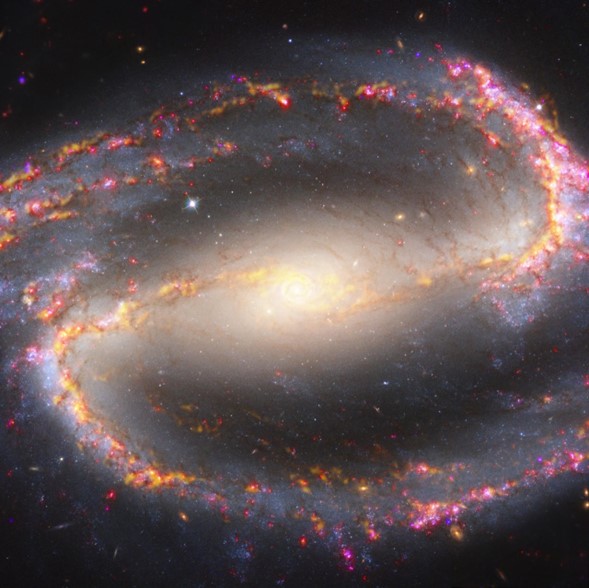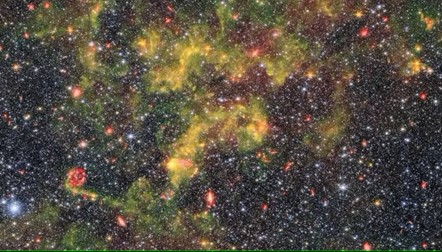
The limits reached by the James Webb Space Telescope continue to amaze, expanding the horizons of the known. With the backing of NASA, ESA, JAXA and the Canadian space agency, this orbiting observatory achieved an astonishing feat: capturing what has been dubbed the “dawn of the universe,” a region located more than 13 billion light-years away from Earth, in the vicinity of the Big Bang.
Focusing on the Distant Past: A Look at the Extended Groth Strip
The specific area under observation is called the Extended Groth Strip, located between the constellations of Bootes and Ursa Major. It is not the first time that this cosmic corner has attracted attention, since the Hubble Space Telescope detected it almost two decades ago.

Time Travel: The Stunning Video from the James Webb Telescope
The stunning images captured by the James Webb Space Telescope take us on a visual journey. Starting with “nearby” galaxies, the sequence offers a gradual zoom that culminates in a star cluster called Masie. This stellar relic formed just 390 million years after the Big Bang, which in scientific terms equates to a staggering span of about 13.4 billion light-years.
Exceeding Scientific Expectations
The mentors of this project were perplexed by the scope and richness of the data collected by the James Webb Telescope. Steven Finkelstein, from the University of Texas at Austin and leader of the CEERS research team, said: “This observation has exceeded our expectations. The abundance of galaxies we have discovered in the primordial universe exceeds all previous predictions.”
Rebecca Larson, a researcher at the Rochester Institute of Technology and also a member of CEERS, added: “This observatory gives us the opportunity to explore this time period in detail. Previously, galaxies like Masie were unreachable for our observation. Now we not only detect them in our images, but we can also unravel their composition and differences from nearby galaxies.”

Unveiling Cosmic Wonders
Within this small segment of the universe lie tens of thousands of galaxies that had already been immortalized in previous photographs. However, thanks to the advanced tools of the James Webb Space Telescope, these galaxies can be explored in greater detail and clarity.
If you want to read more articles of this caliber, you can click here.









